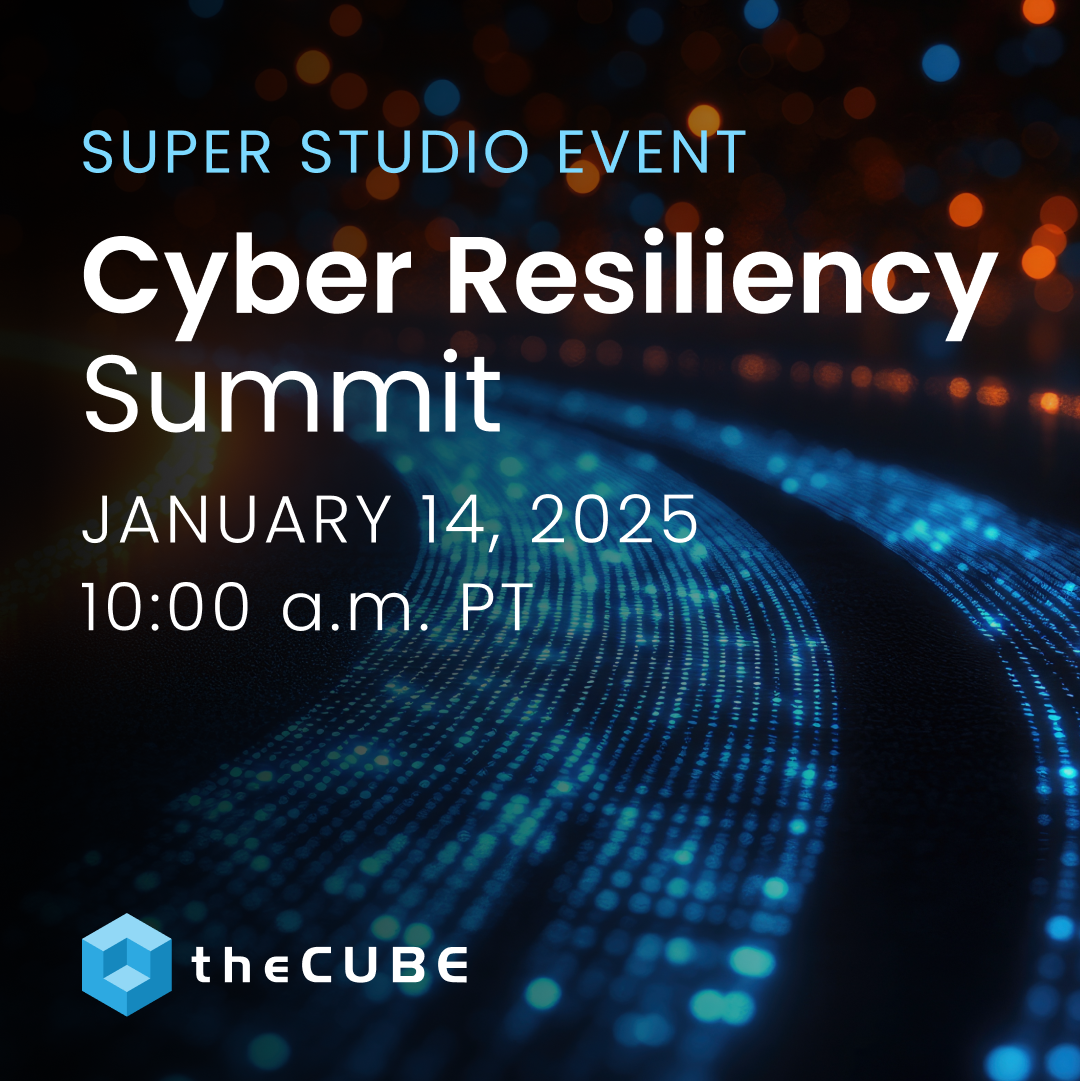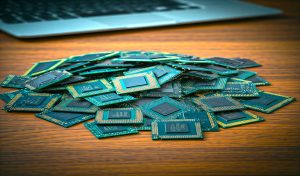The Year of the e-Reader: Where Price Meets Necessity
![]() Santa and his elves ere busy this year fulfilling the millions of requests for new smartphones and tablets, a mobile trend that’s helped to drive the digital publishing industry in 2011.
Santa and his elves ere busy this year fulfilling the millions of requests for new smartphones and tablets, a mobile trend that’s helped to drive the digital publishing industry in 2011.
The market was flooded with more animated and enriched e-readers in 2011. Digital book publishers are taking advantage of consumers’ taste for e-books by adding new features to keep readers hooked.
Tablet computers and electronic readers promise to eventually close the book on the ink- and-paper era as they transform the way people browse magazines, check news or lose themselves in novels. The eBook market has just two years of effective commerce, and will only continue to grow in the coming months and years. This is a market that looks carefully not only for the largest publishers but also for small publishers as well, precisely because of the specialized niche market.
The rise of tablets
Online retail giant Amazon made electronic readers mainstream with Kindle devices, which were later followed by Samsung and Sony and other providers that have fueled the e-reading craze with their own tablet models. The e-book market is developing very fast, with consumer attitudes and behaviors changing over the course of months, rather than years.
According to IHS, e-book display shipments to hit 27.1 million in 2011, up 108 percent from the 13 million shipped last year. IHS predicts continued growth through 2014, when some 42.6 million displays are expected to ship. The increase in e-book sales takes place despite strong tablet PC sales, including smaller, less expensive tablets, from e-reader kings Amazon and Barnes & Noble.
Digital publishers take notice
![]() We also saw a new trend in digital publishing. An increasing number of publishers are releasing e-singles. These are short works published digitally on a variety of platforms to generate ancillary revenue, build brand equity, and reach new audiences. Hearst, Rodale, Princeton University Press, and Penguin are some of publishers who have joined the e-single bandwagon.
We also saw a new trend in digital publishing. An increasing number of publishers are releasing e-singles. These are short works published digitally on a variety of platforms to generate ancillary revenue, build brand equity, and reach new audiences. Hearst, Rodale, Princeton University Press, and Penguin are some of publishers who have joined the e-single bandwagon.
Digital publishing is no longer just about content. It is now more about the experience of the content consumer, and it combines content and engagement. Time Inc. is roping to make the first step in digitalizing all of its print titles before 2012. They also partnered with Barnes & Noble to sell digital subscriptions and single-copy issues of Fortune, People, Sports Illustrated and Time on the Nook Color. The digital version of Time is also available on the Apple iPad, Samsung Galaxy Tab and HP Touchpad.
Online document sharing company Scribd launched a new mobile application called Float in first half of 2011. The new web and iPhone apps support all reading materials, including newspapers, magazines, blog posts, and books into a single reading format.
The price is right
This new category of tiny tablets is a trend that actually began in 2010 with the launch of the Nook Color, costing about $250. Later, the launch of the Kobo Vox and Kindle Fire — both of which cost about $200 (and smaller edition at about $99), and even less with some holiday seasons deals — signaled a watershed moment for affordable tablets.
The market is still ruled by the Apple iPad, and these emerging tablet readers aren’t really intended to replace the iPad. But Amazon’s Kindle Fire is selling well and by some estimates, it’s going to be the second largest selling tablet behind the iPad.
Amazon Kindle Fire, ecosystem set the trend
![]() Amazon’s Kindle Fire and Kindle e-Readers are one of the many tablets that launched just before the official start of the holiday rush, making it the talk of the town. Amazon is selling millions of Kindle Fire tablets and Kindle e-Readers, so, more Kindle users means more eBook buyers. The Kindle Fire is already a hot device that will surely boost e-books sales.
Amazon’s Kindle Fire and Kindle e-Readers are one of the many tablets that launched just before the official start of the holiday rush, making it the talk of the town. Amazon is selling millions of Kindle Fire tablets and Kindle e-Readers, so, more Kindle users means more eBook buyers. The Kindle Fire is already a hot device that will surely boost e-books sales.
In October Amazon launched 47North, the seventh imprint from Amazon Publishing, which will feature books with themes around science fiction, fantasy and horror. The digital publishing platform launched with 15 books, including “The Mongoliad: Book One.” All of these books will be available to Amazon Kindle readers in print and audio formats, as well as at national and independent booksellers.
B&N Nook Tablet
In order to convince users of the quality of its digital book readers, retailer Barnes & Noble spares no expense. The U.S. bookseller unveiled the Nook Tablet as a light version for e-reading, the simple touch reader. The Nook Tablet provides access to films, television programs, music and more through the best entertainment services like Netflix, Hulu Plus, Pandora and others, plus a collection of high quality applications, fast web browsing and email.
Barnes & Noble had made it big because for every purchase of a reader Nook, the bookseller committed to providing a 2GB micro SD card containing 30 exclusive digital books.
Kobo gets competitive
Kobo released the Kobo e-Reader Touch Edition, a 6-inche device equipped with the same screen as the Amazon Kindle. This tablet is almost entirely touch screen and comes with Wi-Fi, and can read ePub, PDF and Open source documents using a responsive processor. The books are arranged just as you’d in a library: by author, title, personal preferences and favorites.
Kobo offers additional free e-reading apps for the iPhone, iPad, and iPod touch, Android and PlayBook devices, so that customers of different devices have constant access to their library. Similar to Amazon’s Kindle, the Kobo Touch is wearing a cheaper tag price of $99.99 due to its ad-supported ecosystem.
Sony Jumps to e-Reader Trend with PRS-T1
![]() For those who are not familiar with the Sony PRS-T1, it’s a new e-book reader by the Japanese manufacturer, with a 6-inch touchscreen, WiFi, Google’s Android operating system and a host of features that make it a really good device. The interaction with the PRS-T1 can be done in two ways: through the screen and its touch interface or with the 4 buttons located at the bottom below the display. Its Wi-Fi ready, so you can download from the Sony Reader Store and it comes with a stylus so users can easily write down notes in their e-books.
For those who are not familiar with the Sony PRS-T1, it’s a new e-book reader by the Japanese manufacturer, with a 6-inch touchscreen, WiFi, Google’s Android operating system and a host of features that make it a really good device. The interaction with the PRS-T1 can be done in two ways: through the screen and its touch interface or with the 4 buttons located at the bottom below the display. Its Wi-Fi ready, so you can download from the Sony Reader Store and it comes with a stylus so users can easily write down notes in their e-books.
Google e-Bookstore
Google isn’t always the first, but often wins the pot. This could be the case with the new features of its e-book system, now available via the web reader called e-Bookstore. Google has made the platform an open one, and many devices are compatible with Google eBooks–everything from laptops to netbooks to tablets to smartphones to e-readers.
Since it is open platform and available on cloud, one can access, buy, store and read Google eBooks in the cloud. Surely, Google is creating a digital publishing ecosystem where it aims at competing with other e-book stores such as Apple’s, but also to set up an ecosystem and e-commerce channel around its Android platform for mobile users.
A message from John Furrier, co-founder of SiliconANGLE:
Your vote of support is important to us and it helps us keep the content FREE.
One click below supports our mission to provide free, deep, and relevant content.
Join our community on YouTube
Join the community that includes more than 15,000 #CubeAlumni experts, including Amazon.com CEO Andy Jassy, Dell Technologies founder and CEO Michael Dell, Intel CEO Pat Gelsinger, and many more luminaries and experts.
THANK YOU













